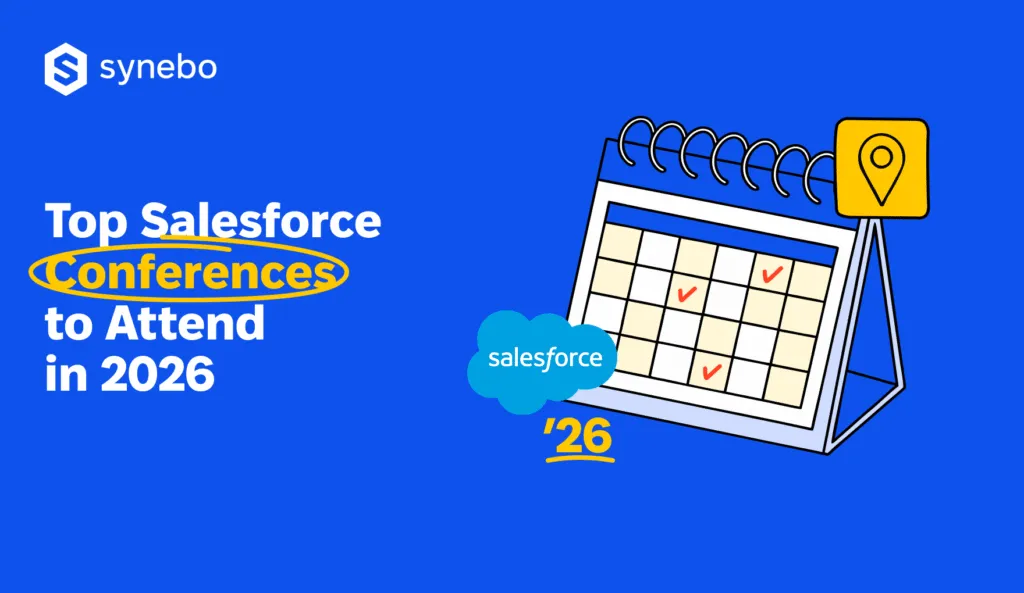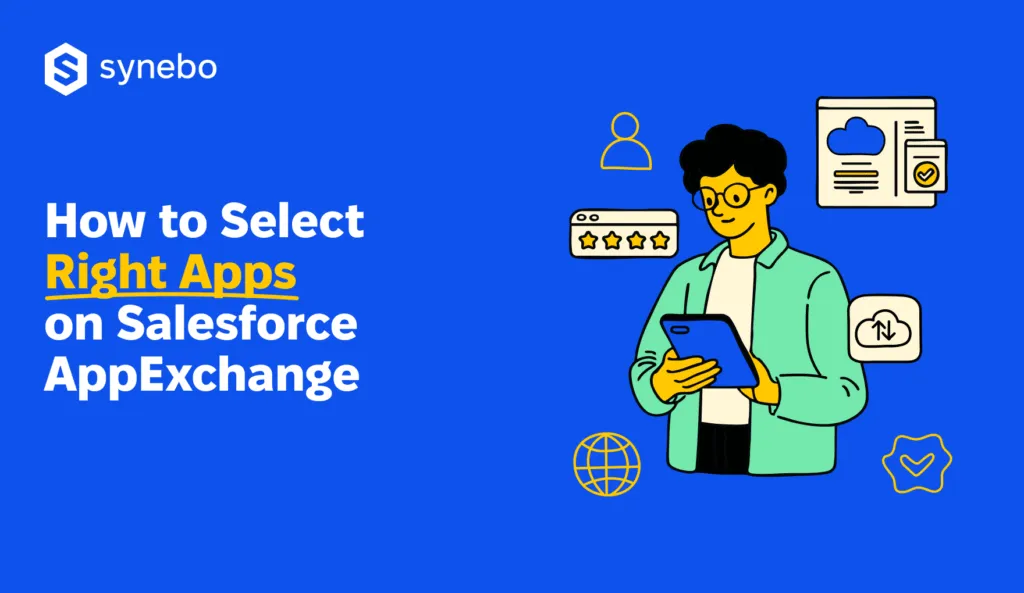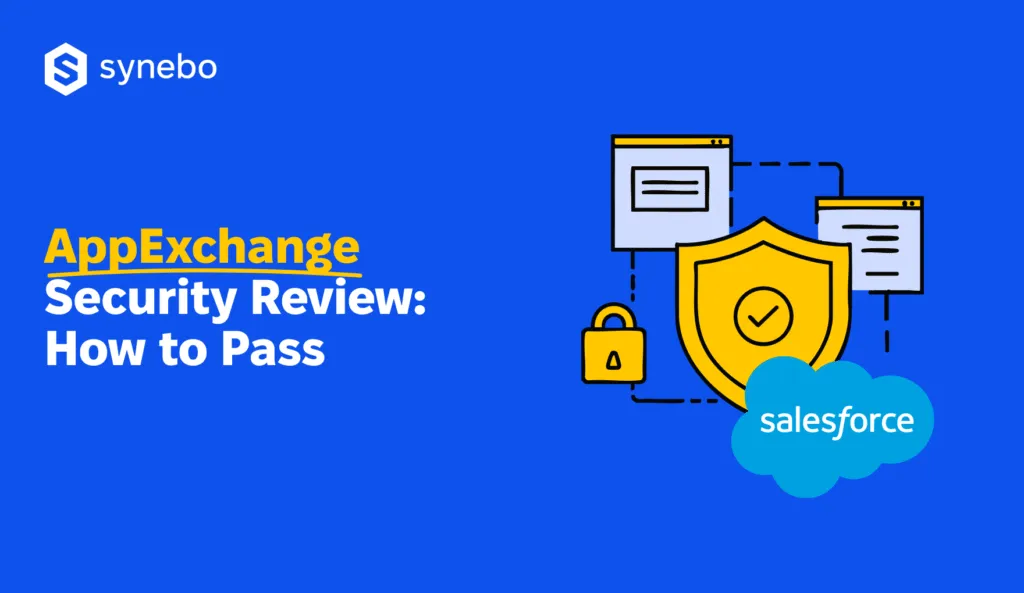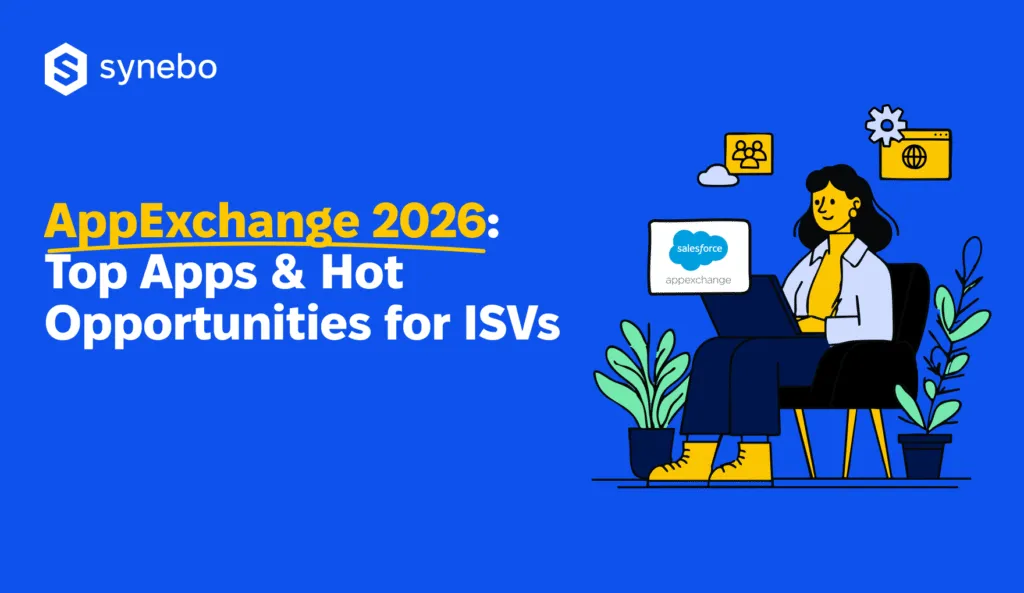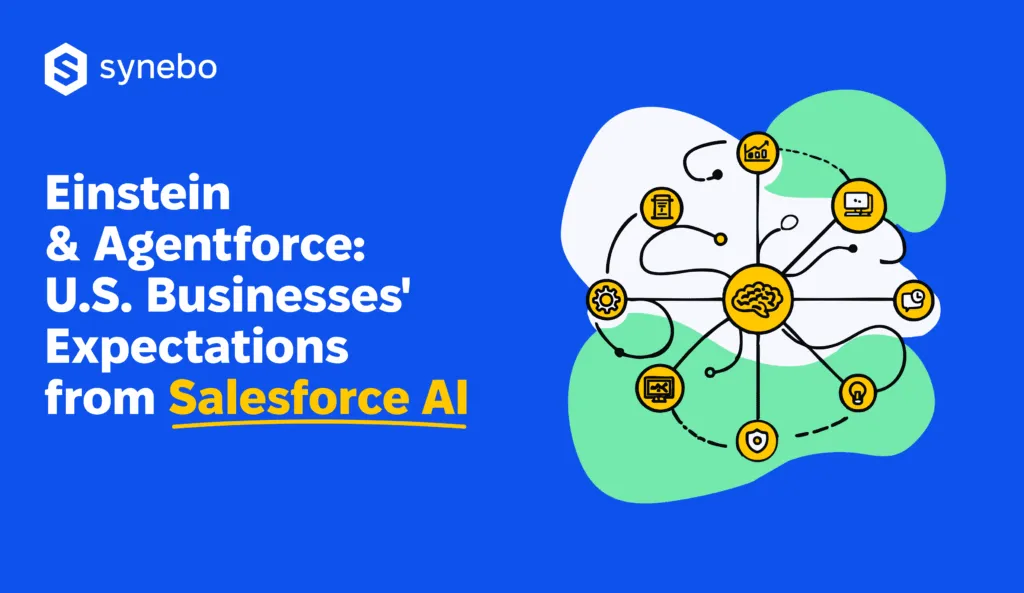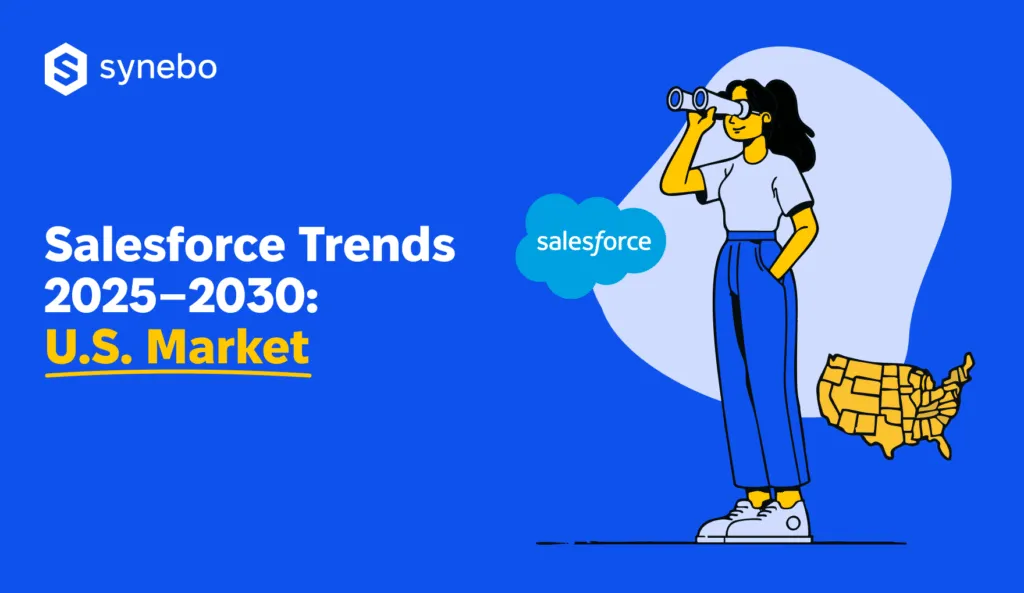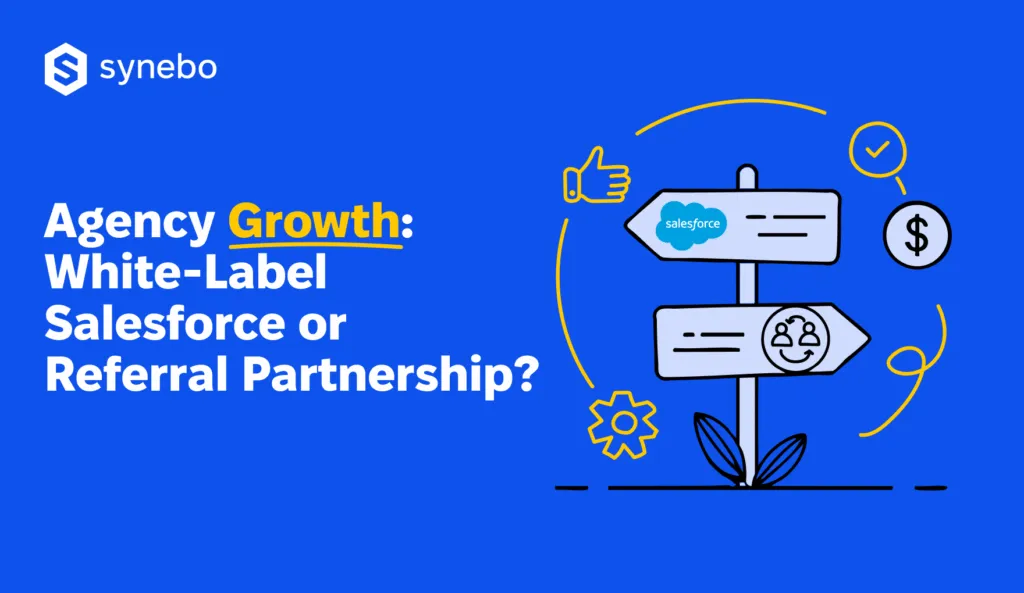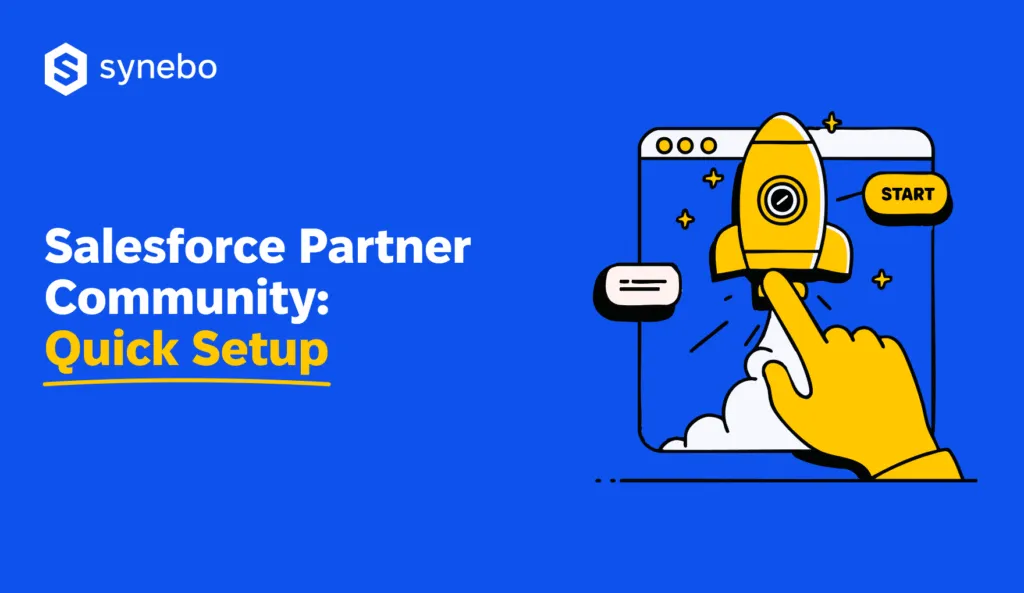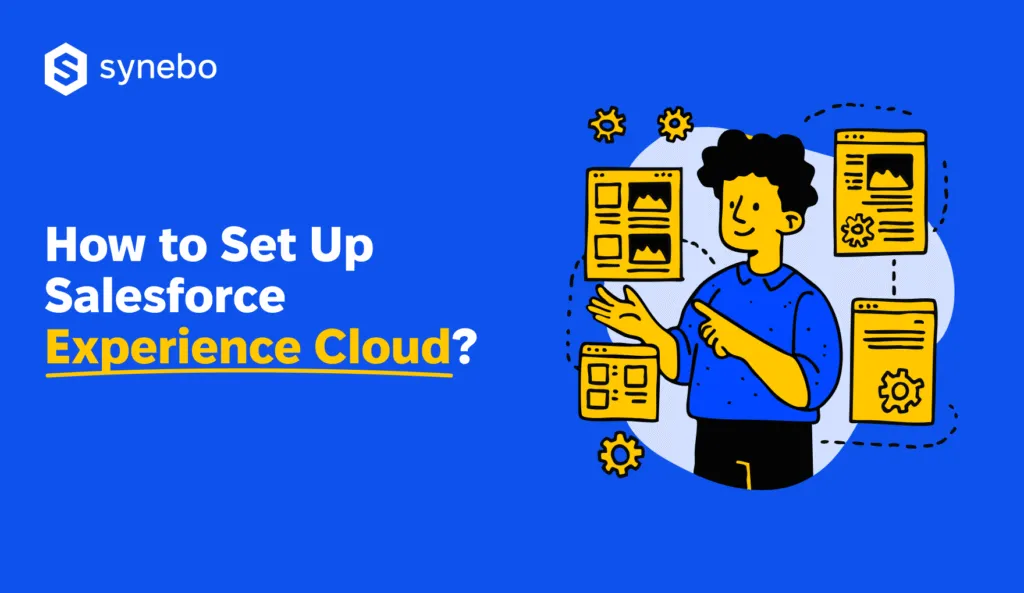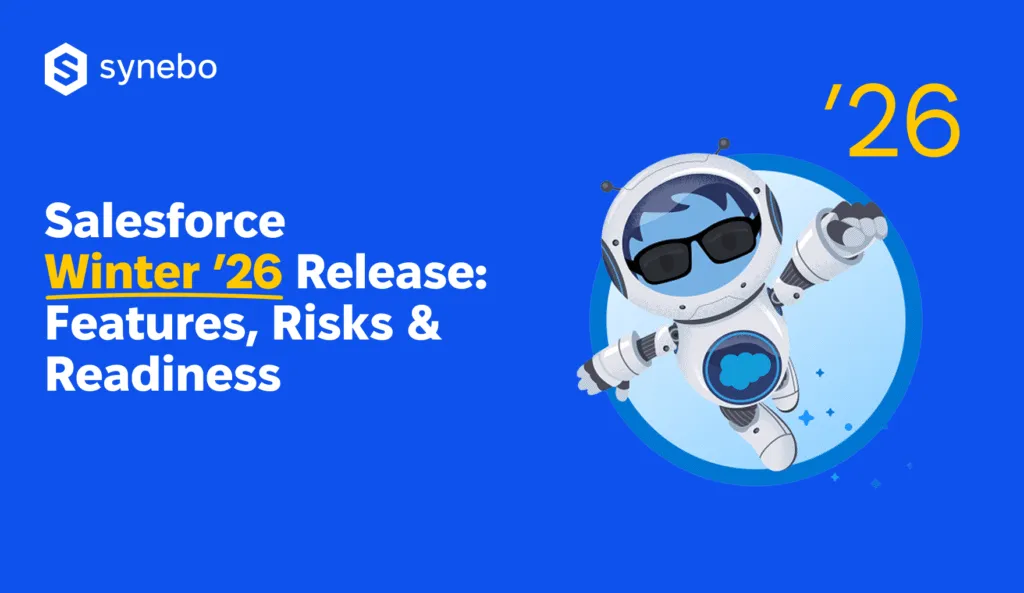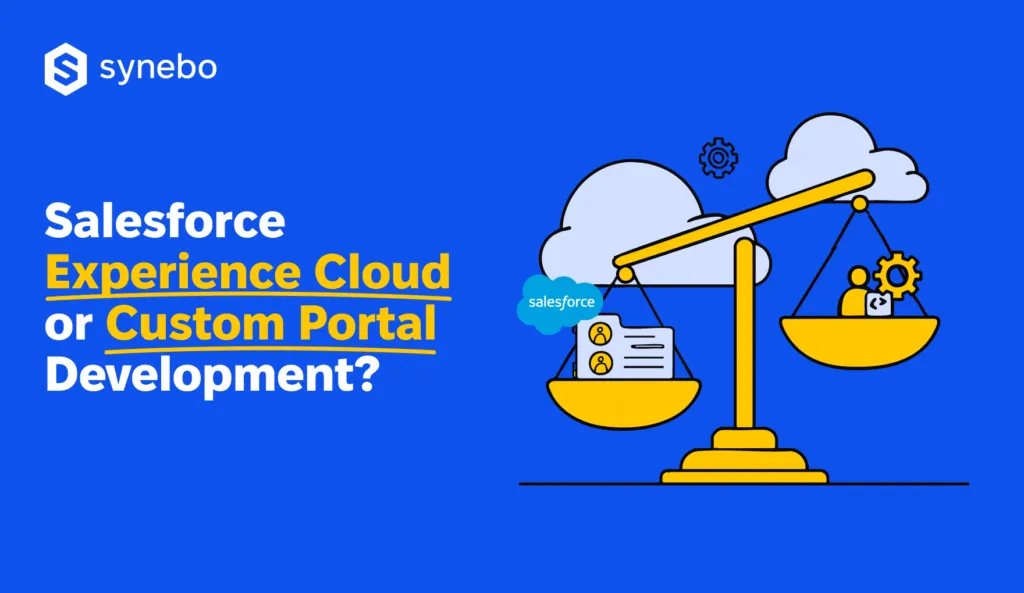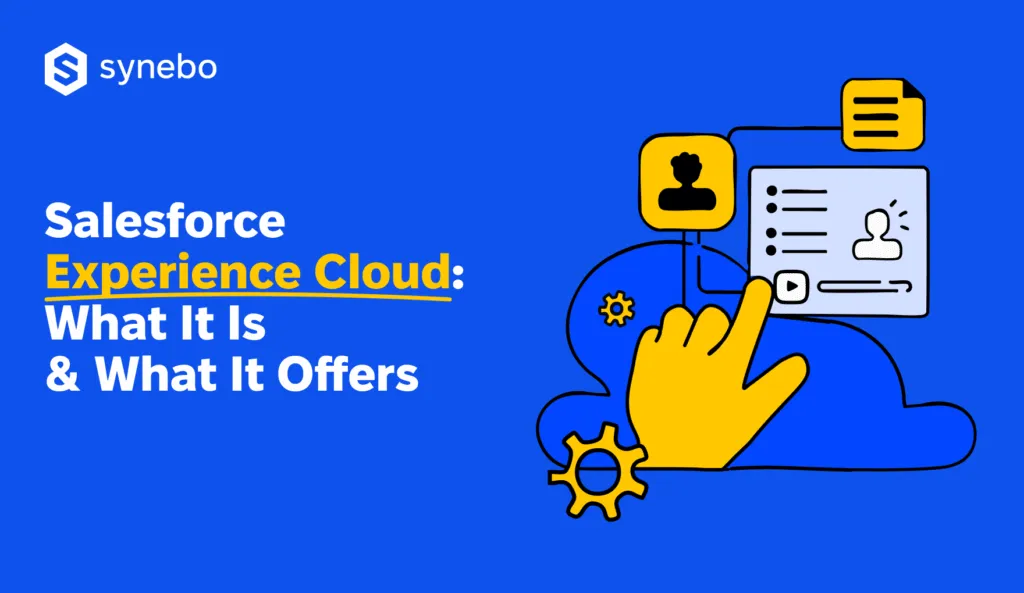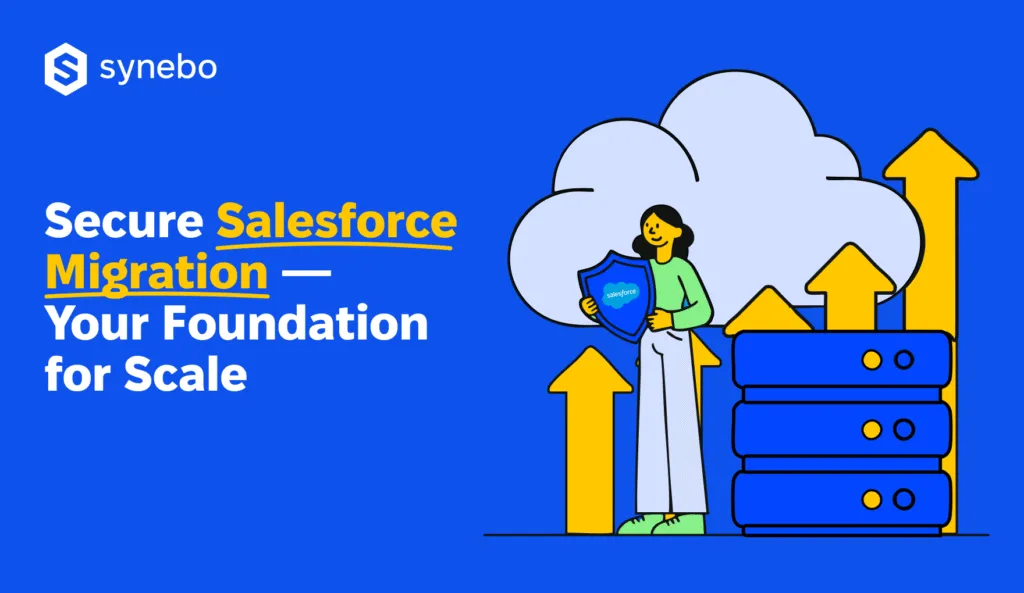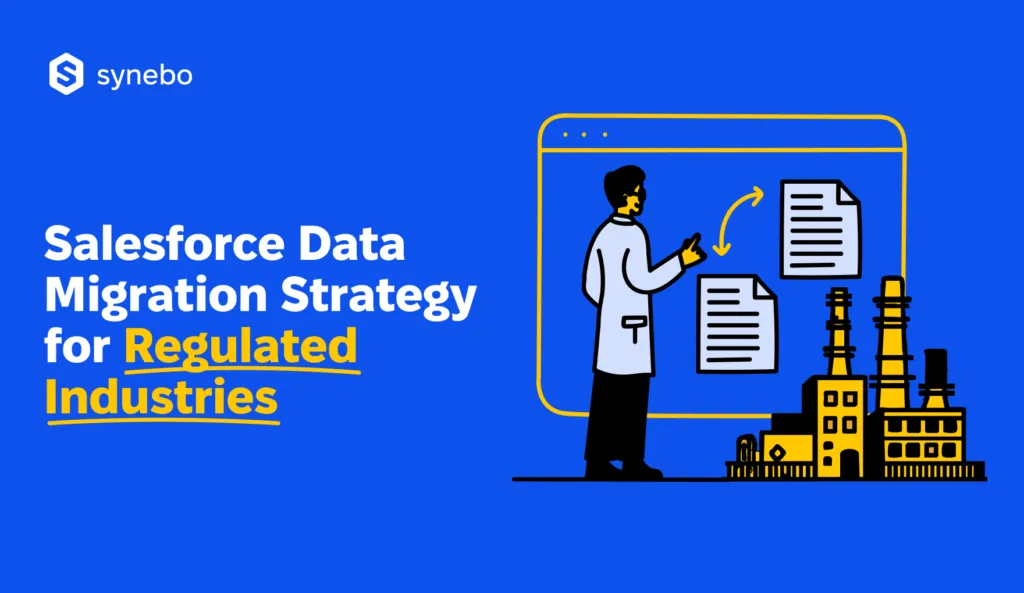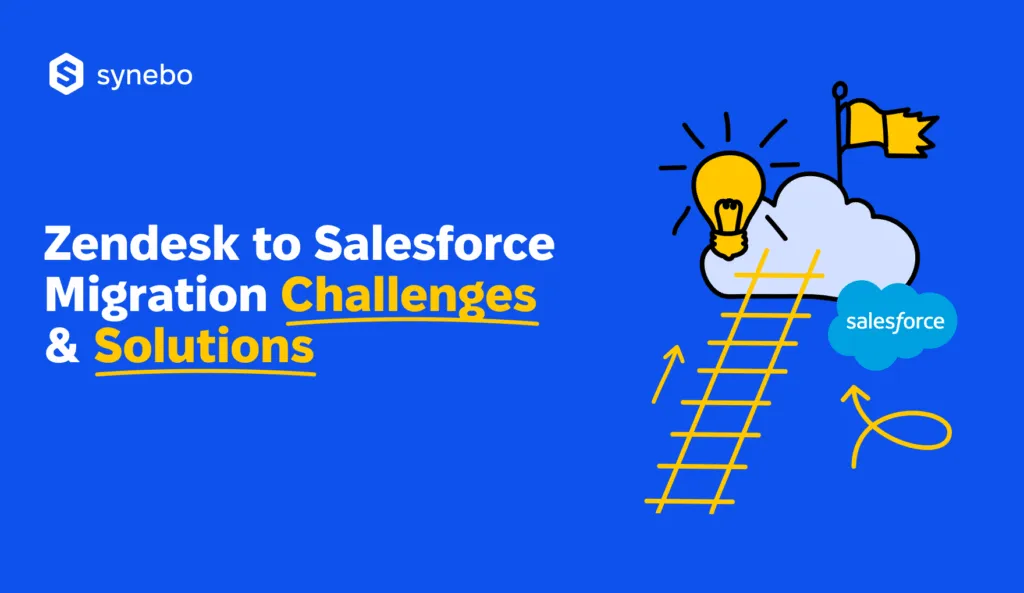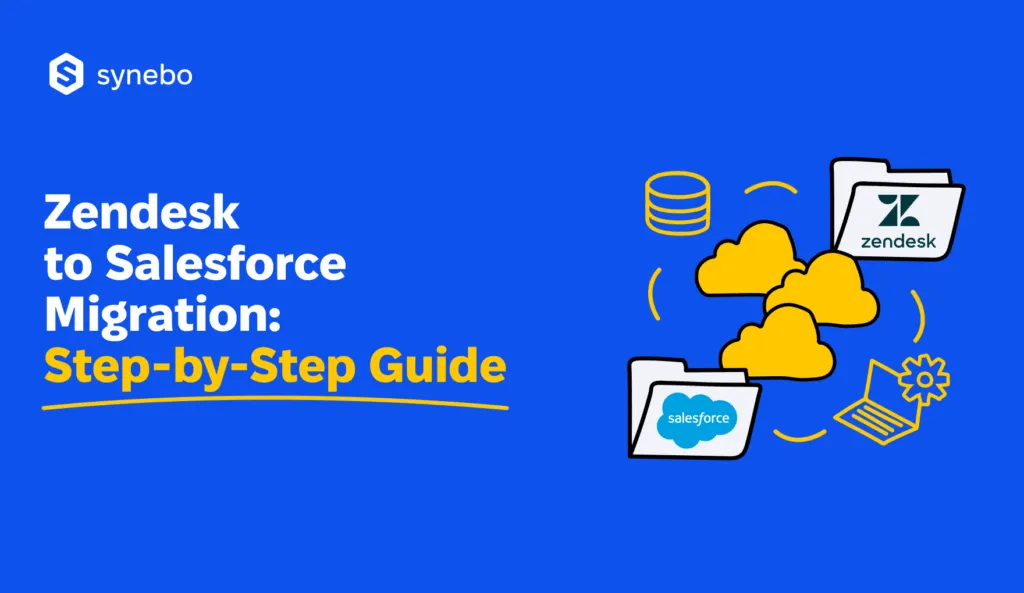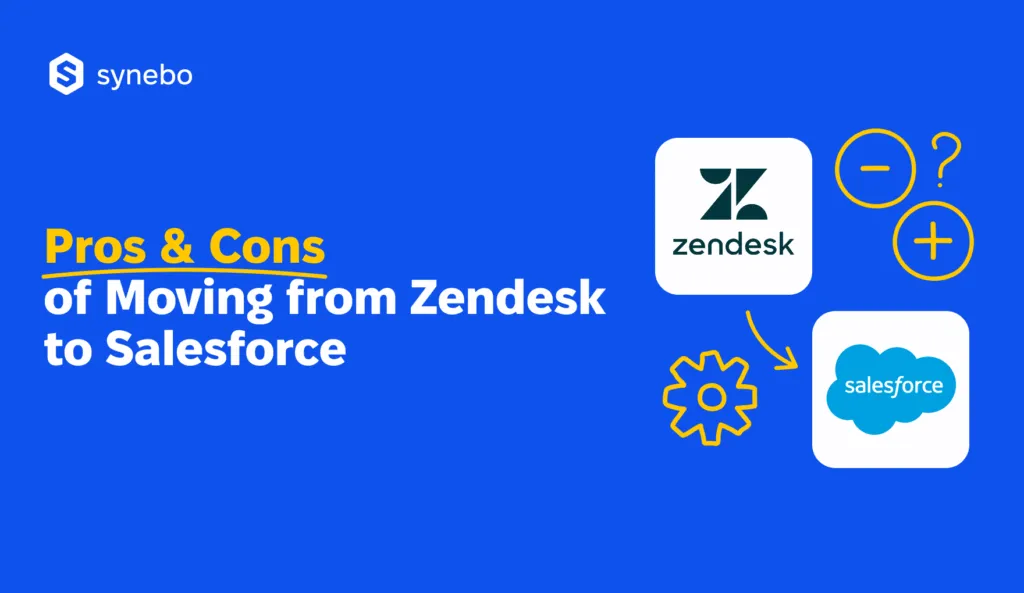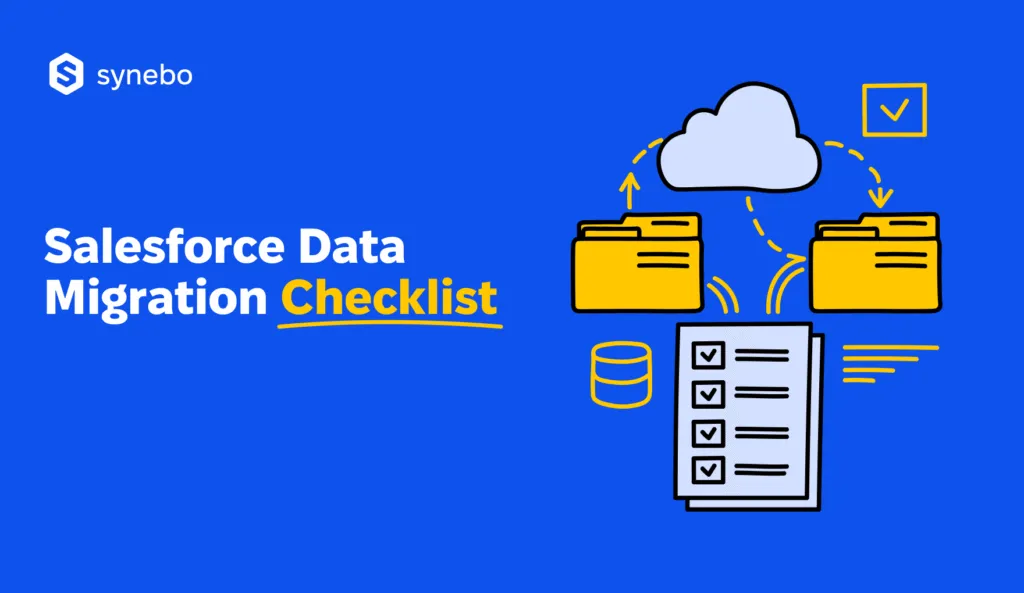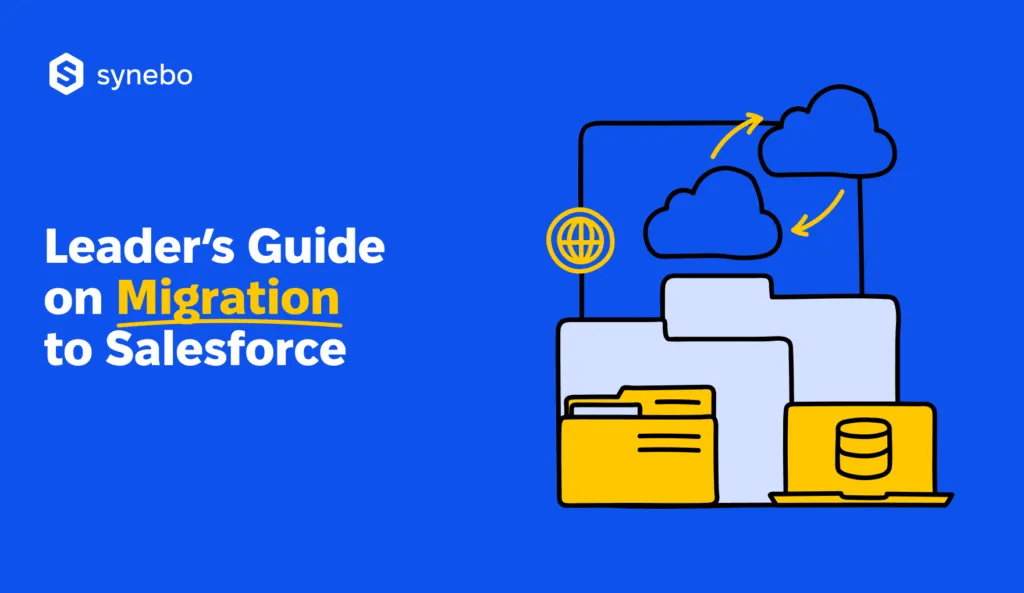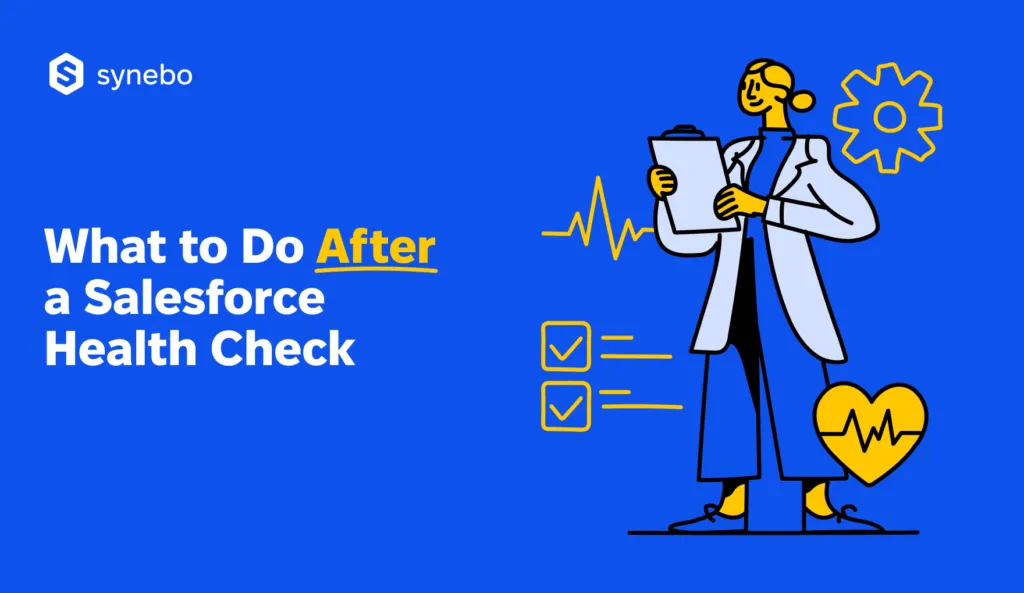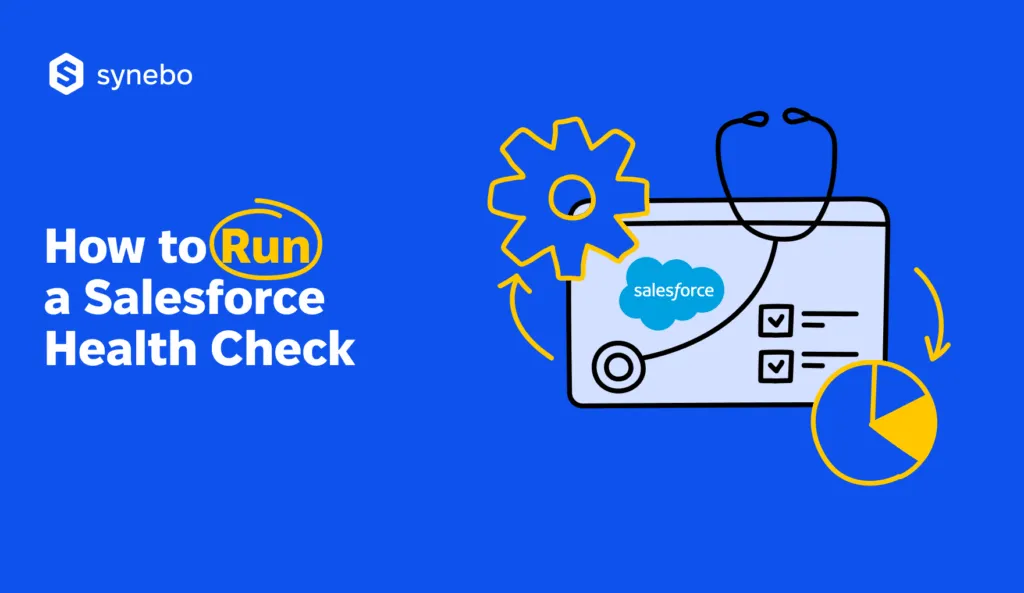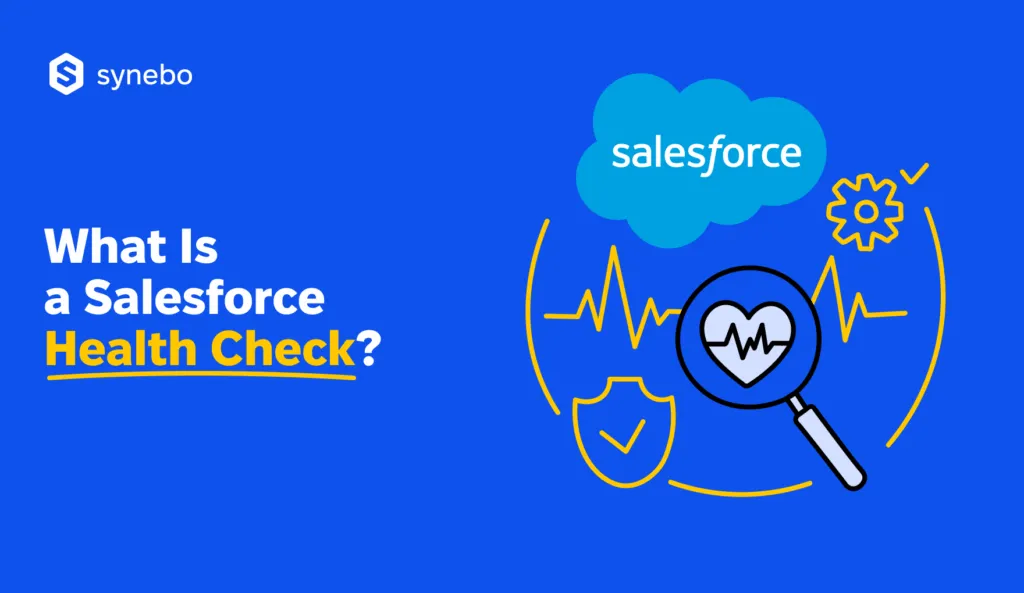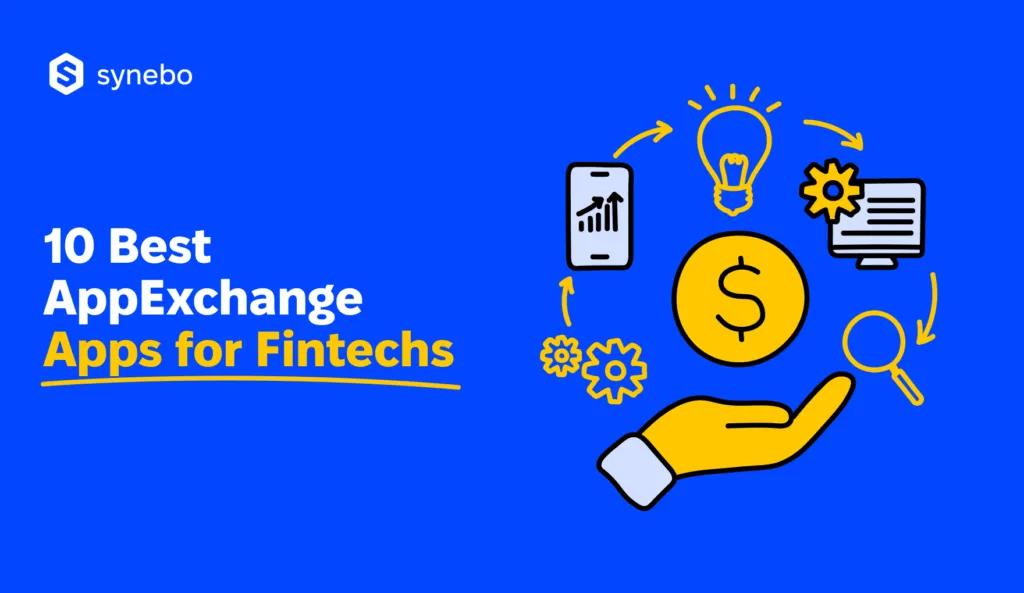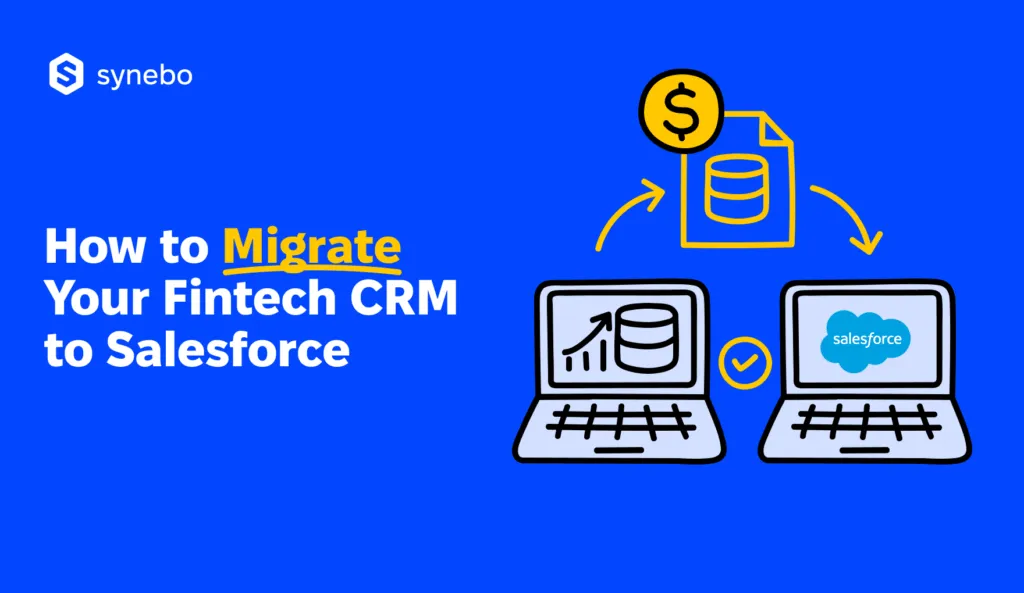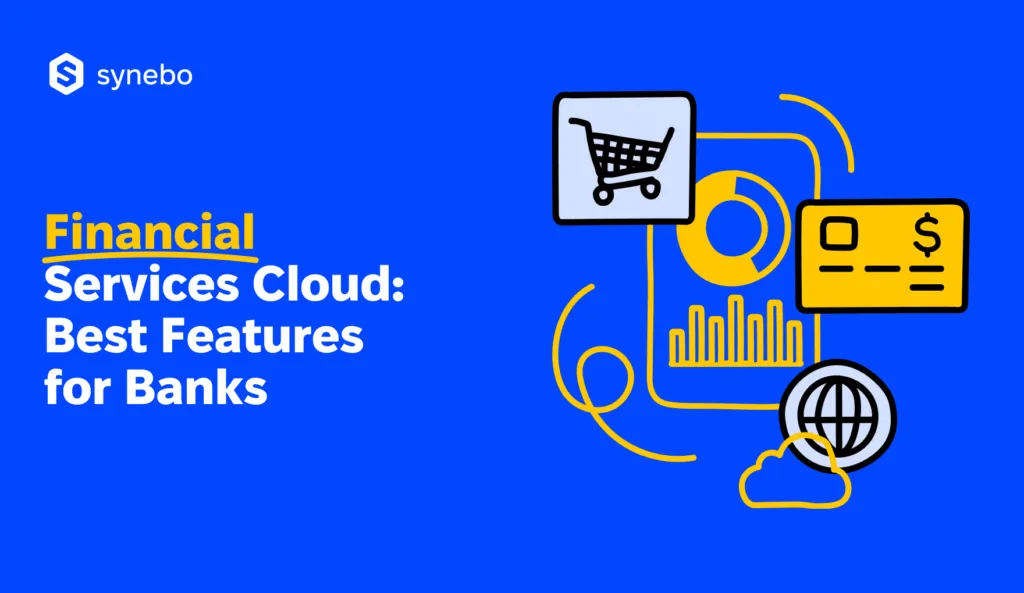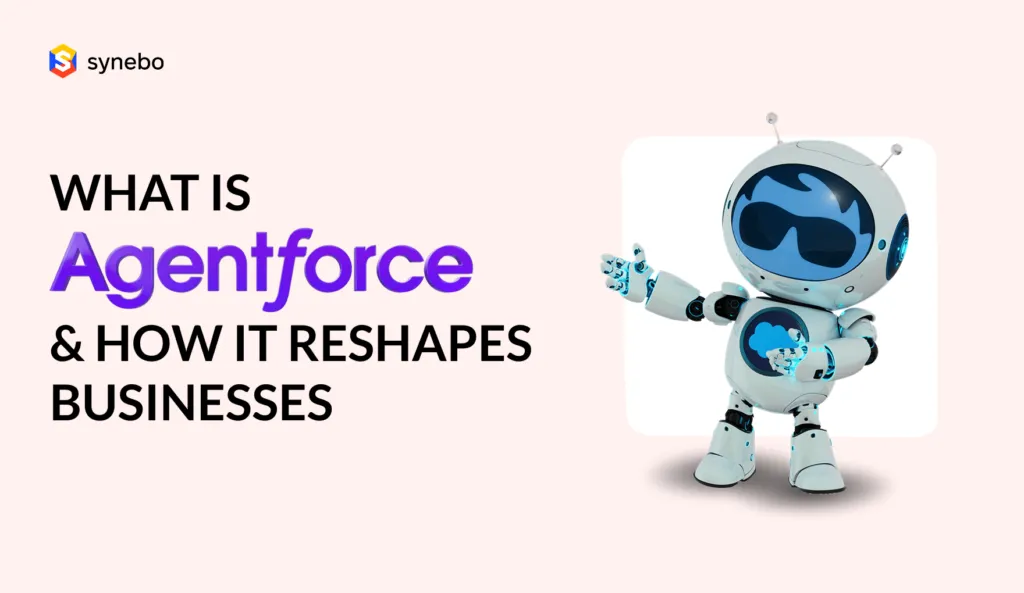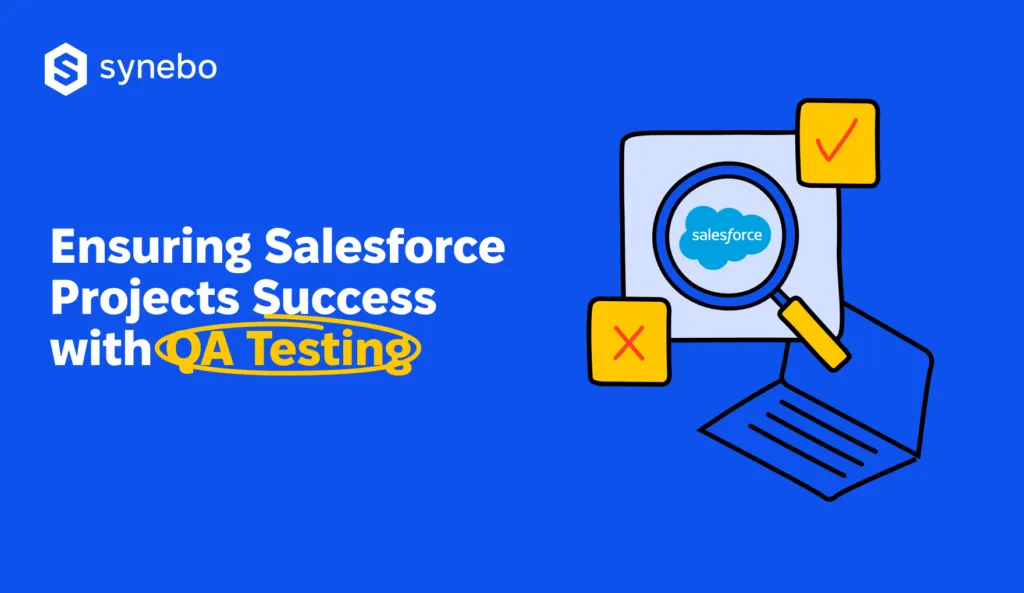Salesforce Dynamic Dashboard and Reports From A to Z

Having access to real-time data is crucial for making informed decisions. Salesforce, a leader in customer relationship management (CRM) solutions, offers powerful tools to visualize and analyze data. One of its most valuable features is the Salesforce Dynamic Dashboard, which allow businesses to create flexible, personalized views of their data.
In this article, we’ll explore what Salesforce Dynamic Dashboards are, how they work, and how you can use them to create customized reports. We’ll also look at the difference between standard dashboards and dynamic ones, discuss the key benefits, and offer best practices for setting them up.
What Is a Salesforce Dynamic Dashboard?

A Salesforce Dynamic Dashboard is a powerful and flexible reporting tool that enables users to view key business metrics based on their individual data access levels. Unlike static dashboards, which display the same data to every user regardless of their role, dynamic dashboards adjust the data shown according to the user viewing it. This dynamic nature makes them highly valuable for organizations where users have varied responsibilities, permissions, and data access levels.
For instance, a sales manager might need to see an overview of the entire sales team’s performance, while individual sales reps only need to view their personal sales pipeline. With a dynamic dashboard, both roles can access the same dashboard but view personalized data based on their specific permissions.
Why dynamic dashboards matter: Dynamic dashboards are especially useful for companies with diverse teams, such as sales, marketing, finance, and customer service, where different roles require different sets of data. By using dynamic dashboards, businesses can eliminate the need to create multiple, static dashboards for each user or role, thus improving efficiency and reducing clutter.
Example in action: Imagine a company with a nationwide sales team. The regional sales managers need to view the performance of their territories, while the national sales director needs a high-level view of all regions. With dynamic dashboards, the same dashboard can be used by all, showing each manager only the data for their region, while the director sees a company-wide view. This ensures consistency in reporting while offering tailored insights.
Key Features of Salesforce Dynamic Dashboards

#1 Personalized Data Views
Each user only sees the data they have permission to access, providing them with tailored insights specific to their role or department. This eliminates the need for multiple dashboards and reduces the chance of users being exposed to sensitive or irrelevant data. For example, a sales representative may only see their individual sales pipeline, while a regional manager can view the performance of their entire team.
- Role-specific data: Users see data filtered according to their role within the organization, whether they are a sales rep, manager, or executive.
- Field-level security: Dynamic dashboards respect Salesforce’s field-level security settings, ensuring users can only access data they are authorized to view.
Example: In a retail business, a store manager may see daily sales figures and inventory levels for their location, while the regional manager sees aggregated data across multiple stores.
#2 Real-Time Data Access
Dynamic dashboards pull in live data directly from Salesforce, giving users an up-to-the-minute view of key business metrics. This means you don’t have to refresh the dashboard manually or wait for periodic updates, ensuring that everyone is working with the latest data.
- Instant insights: Users can access real-time metrics such as sales numbers, customer interactions, or service requests as they happen, without delays or outdated information.
- Decision support: With live data at their fingertips, decision-makers can act on emerging trends and opportunities, improving overall business agility.
Example: A customer service manager can monitor real-time data on open support tickets and reassign resources as needed to ensure timely resolution. At the same time, service agents can see their personal workload, allowing them to prioritize tasks accordingly.
#3 Multiple Viewing Permissions
Dynamic dashboards allow multiple users with different levels of access to view the same dashboard but with customized data. For instance, one dashboard can serve the needs of sales reps, sales managers, and executives, each seeing the data they need to perform their specific role.
- Role hierarchies: Salesforce’s role hierarchy settings dictate what data each user sees. A sales director might see all sales team performance data, while a sales rep only sees their own sales activities.
- Sharing rules: Dynamic dashboards follow the sharing rules set in Salesforce, ensuring users see only what they are authorized to view.
Example: A finance team member can view company-wide financial data, while an operations manager only sees the operational costs related to their department. Both roles access the same dynamic dashboard, but the data displayed is tailored to their permissions.
#4 Flexible Sharing
Salesforce dynamic dashboards can be easily shared with individuals or groups within your organization while ensuring compliance with security protocols. This makes it simple to distribute dashboards across teams, without worrying about unauthorized access to sensitive information.
- Controlled Sharing: You can choose who has access to the dashboard and what data they can view, ensuring compliance with internal and external data privacy regulations (such as GDPR or HIPAA).
- Cross-Team Collaboration: Dashboards can be shared across departments, such as sales and marketing, allowing teams to collaborate on shared goals while still seeing data that’s relevant to their specific function.
Example: A dynamic dashboard shared across sales and marketing teams can allow both departments to track lead generation and conversion metrics. The sales team sees detailed lead information, while the marketing team views campaign performance without accessing sensitive customer data.
“Dynamic dashboards give each team member a customized view of the data that’s most relevant to them, improving decision-making and efficiency.” — Synebo’s Salesforce Consultant
These features make Salesforce Dynamic Dashboards an essential tool for organizations looking to enhance reporting accuracy, data security, and team collaboration. With real-time insights and flexible permissions, businesses can empower their teams to make data-driven decisions with confidence.
Dive into our comprehensive guide to mastering Salesforce automation tools and take your CRM efficiency to the next level.
How Salesforce Dynamic Dashboards Work
Dynamic dashboards rely on user permissions to control what data is visible. Each user accesses the dashboard using their own credentials, and Salesforce automatically filters the data to show only what the user is authorized to view.
Here’s a breakdown of how they work:
- Data security and access control: Salesforce uses its robust security model to ensure users can only see the data they have permission to access. This is controlled through role hierarchy, sharing rules, and field-level security.
- Dashboard filters: You can apply filters to Salesforce dynamic dashboards, allowing users to interact with the data by narrowing down the results based on specific criteria such as region, time period, or account type.
- Real-time updates: Dynamic dashboards display live data from Salesforce, meaning they update automatically as new information becomes available. Users don’t need to refresh the dashboard manually, and they can always trust that they’re seeing the latest metrics.
Automate your business with Synebo’s expert Salesforce development services. Learn more.
Dynamic Dashboards vs. Standard Dashboards
While both dynamic and standard dashboards are powerful tools for data visualization in Salesforce, they serve different purposes and offer different functionality.
|
Feature |
Dynamic dashboard |
Standard dashboard |
|
User-specific data |
Shows personalized data based on the user’s permissions |
Shows the same data to all users, regardless of their role |
|
Number of dashboards needed |
One dashboard can serve multiple users |
Often requires multiple dashboards to serve different user roles |
|
Real-time data |
Yes |
Yes |
|
Use cases |
Ideal for teams with diverse roles and data access levels |
Useful when the same data needs to be shared with all users |
Example: A sales manager can use a dynamic dashboard to see how the entire team is performing, while individual sales reps can use the same dashboard to see only their own sales numbers and opportunities.
Maximize your Salesforce potential by seamlessly integrating it with your existing systems. Explore our Salesforce Integration Services for a smooth, stress-free experience.
Benefits of Salesforce Dynamic Dashboards
Salesforce Dynamic Dashboards offer several key advantages over traditional reporting methods:
#1 Improved Data Security and Access Control
Dynamic dashboards ensure that users only see the data they’re allowed to view, which is especially important for organizations that deal with sensitive information like financial records or customer data. This level of customization prevents unauthorized access while still providing users with the insights they need to perform their jobs.
Example in Action: A healthcare company uses dynamic dashboards to ensure that doctors only see patient data relevant to their own cases, while administrators can view broader operational metrics.
#2 Cost and Time Efficiency
With a dynamic dashboard, you only need to create one dashboard for multiple users, significantly reducing the time and effort involved in managing multiple dashboards for different roles. This cuts down on administrative work and ensures consistency in reporting.
Table: Dynamic vs. Multiple Standard Dashboards
|
Metric |
Dynamic Dashboards |
Multiple Standard Dashboards |
|
Number of Dashboards |
1 for multiple users |
1 per user or role |
|
Creation Time |
Quick and efficient |
Time-consuming |
|
User Customization |
Automatically personalized per user |
No personalization |
#3 Better Decision-Making with Real-time Data
Because dynamic dashboards display live data, they enable decision-makers to act quickly and based on the most up-to-date information. This is particularly valuable for sales teams, service departments, and executives who need to monitor KPIs like revenue, customer satisfaction, and sales performance.
“Real-time data is crucial for fast decision-making in today’s competitive landscape. Dynamic dashboards ensure that everyone is working from the same live data, leading to more accurate and timely decisions.” — Synebo’s Senior Analytics Consultant
#4 Customizable and Interactive
Dynamic dashboards offer a range of customizable options, allowing users to apply filters and sort data as needed. This flexibility empowers teams to drill down into specific metrics without the need to create additional reports or dashboards.
Data migration can be challenging, but we’re here to help. With our proven strategies and expert support, we’ll ensure a seamless transition. Learn how our Salesforce Migration Services can make your move effortless.
Best Practices for Setting Up Salesforce Dynamic Dashboards
Implementing dynamic dashboards in Salesforce can greatly enhance your organization’s reporting capabilities, but it’s important to follow best practices to maximize their effectiveness:
#1 Define User Roles and Permissions Carefully
Before setting up a dynamic dashboard, ensure that your Salesforce roles, profiles, and permission sets are clearly defined. This will prevent unauthorized data access and ensure that users see only the information they need.
#2 Use Filters to Simplify Data Analysis
Adding filters to your dashboards allows users to quickly narrow down the data they want to see, such as filtering by time period, product type, or region. This makes your dashboards more versatile and user-friendly.
Example Filter Setup:
A sales team might use filters to view data for specific sales reps, time periods, or product categories, enabling them to analyze performance on a granular level.
#3 Leverage Reporting Snapshots
In addition to real-time data, consider using Reporting Snapshots to capture a historical view of your metrics. This allows you to compare performance over time and identify trends without overwhelming users with live data.
#4 Monitor Dashboard Performance
It’s important to regularly monitor the performance of your dynamic dashboards, especially if they pull in large datasets. Salesforce provides tools for optimizing dashboards, such as limiting the number of records displayed or setting data refresh intervals.
Pro Tip: Use Lightning Experience to fully optimize dynamic dashboards for modern, responsive displays. This will ensure they look great on both desktop and mobile devices.
Maximize your Salesforce potential by seamlessly integrating it with your existing systems. Explore our Salesforce Integration Services for a smooth, stress-free experience.
Synebo Case Study: Dynamic Dashboards for a Financial Services Firm
Synebo recently implemented dynamic dashboards for a large financial services firm looking to streamline their reporting and provide tailored insights for different departments. The firm needed dashboards that could show relevant data to various teams, such as executives, financial analysts, and sales reps, without creating separate dashboards for each role.
Solution:
- Custom dynamic dashboards: Synebo created dynamic dashboards that provided executives with an overview of company performance while giving financial analysts detailed views of profit margins and costs. Sales teams used the same dashboard to track their individual performance metrics.
- Role-based access: Synebo implemented strict role-based access controls to ensure that sensitive financial data was only visible to authorized personnel.
- Real-time data: The dashboards displayed live data, allowing decision-makers to react quickly to changes in the market.
Results:
- 35% time reduction in report generation.
- Increased data security by limiting access to sensitive financial information.
- Improved decision-making through real-time data insights tailored to each department.
Salesforce Dynamic Dashboards are an invaluable tool for organizations looking to enhance their reporting capabilities. By providing personalized views of real-time data, dynamic dashboards enable teams to make better decisions, improve efficiency, and reduce the administrative burden of creating multiple dashboards.
At Synebo, we specialize in building dynamic dashboards that meet the unique needs of your organization. Whether you need tailored insights for sales, finance, or customer service teams, our experts can help you set up and optimize dashboards that drive business success.
Enhance your reporting with Salesforce Dynamic Dashboards. Get in touch with us now to learn how!
Dynamic dashboards allow users to see personalized data based on their role and permissions, reducing the need for multiple dashboards. They display real-time data, improve data security, and make reporting more efficient.
The number of dynamic dashboards you can create depends on your Salesforce edition. For example, Enterprise Edition allows up to 5 dynamic dashboards, while Unlimited Edition supports up to 10.
Yes, you can add filters to dynamic dashboards to allow users to adjust the data they see based on criteria such as date ranges, regions, or specific accounts.
Yes, dynamic dashboards are fully compatible with Salesforce’s mobile app, allowing users to access real-time data and insights while on the go.
Dynamic dashboards automatically adjust based on the user’s permissions, ensuring that users only see the data they’re authorized to view. This minimizes the risk of unauthorized data access while still providing valuable insights to each team member.


